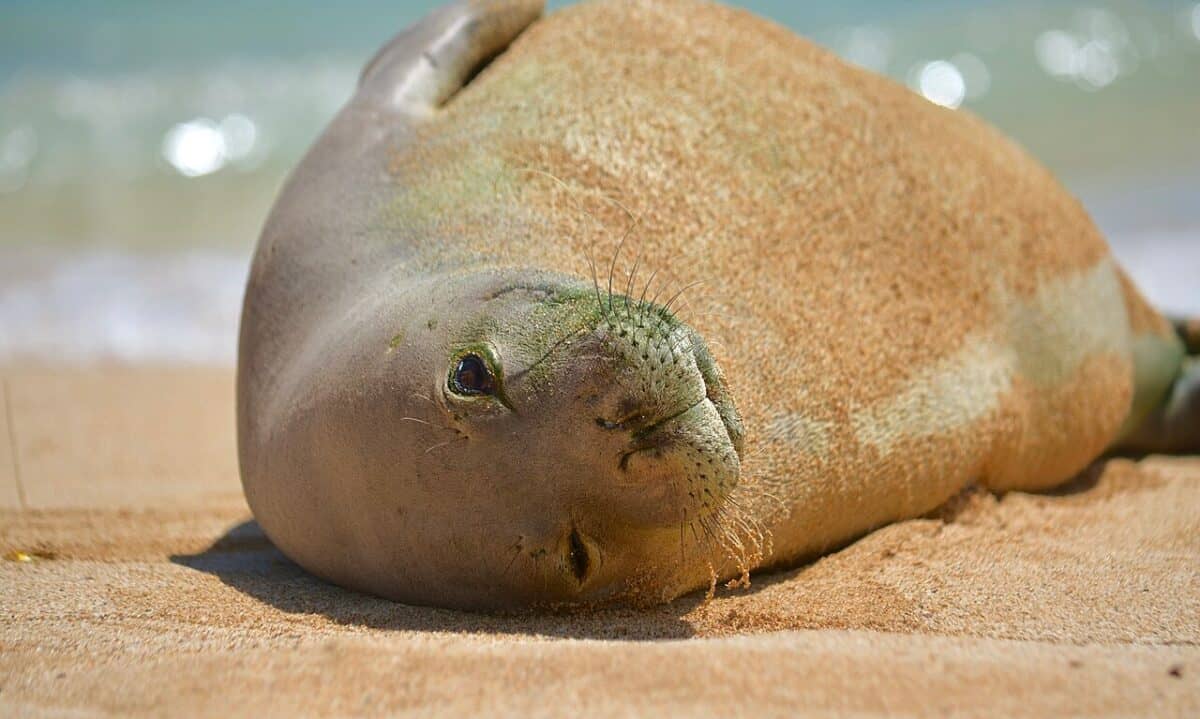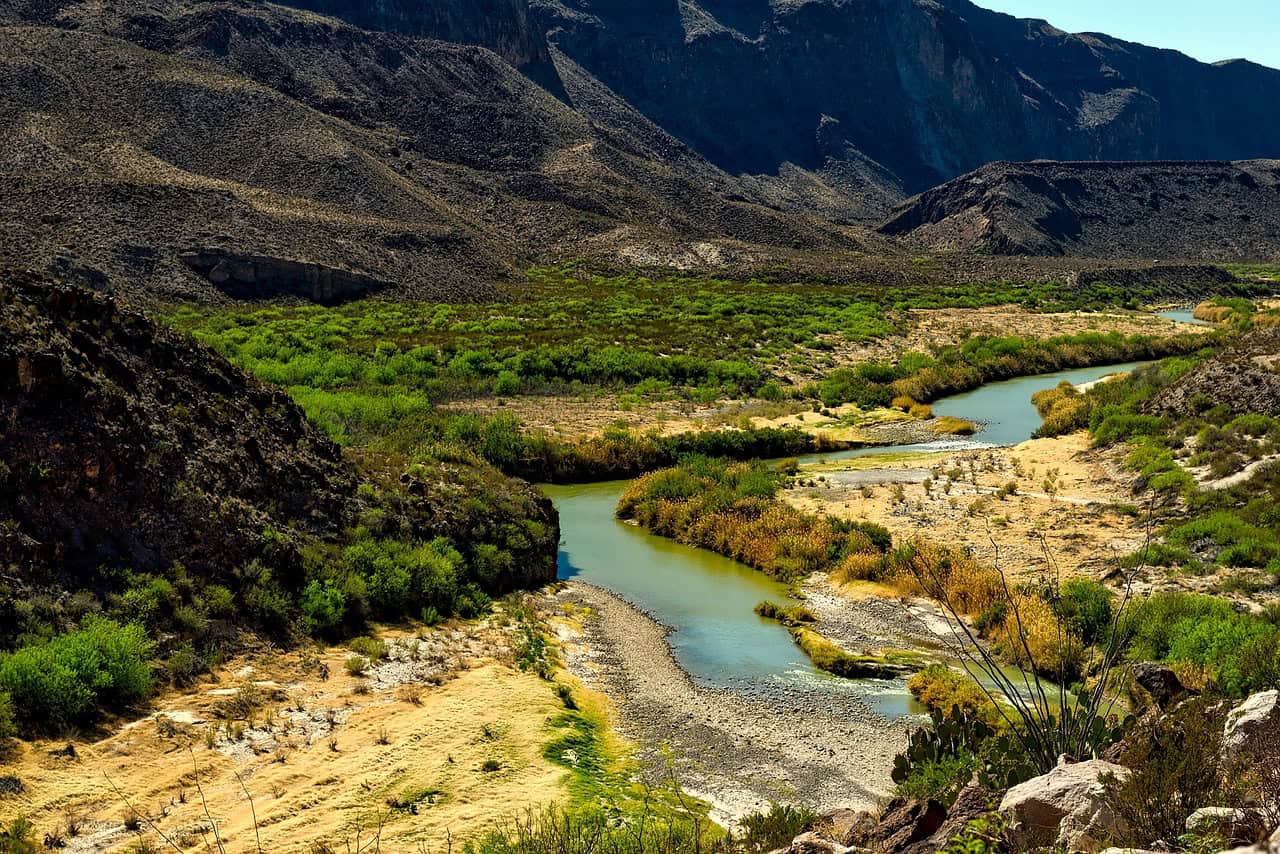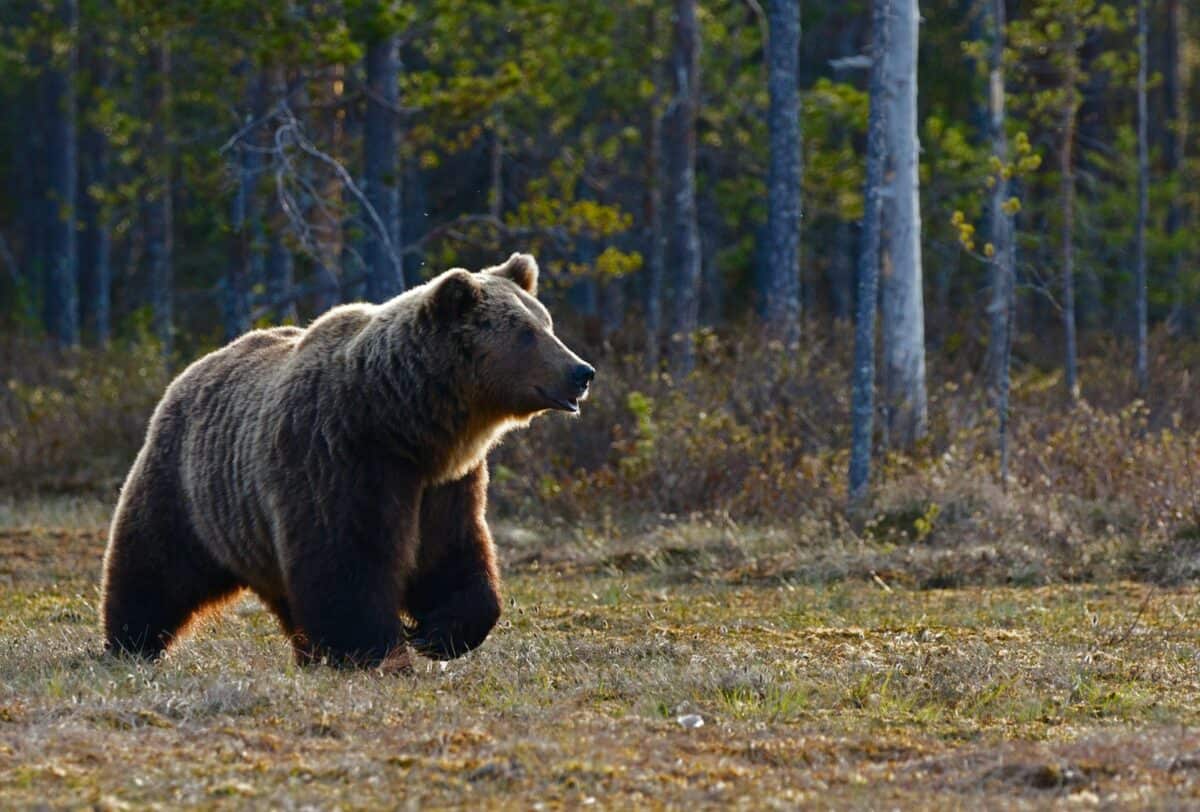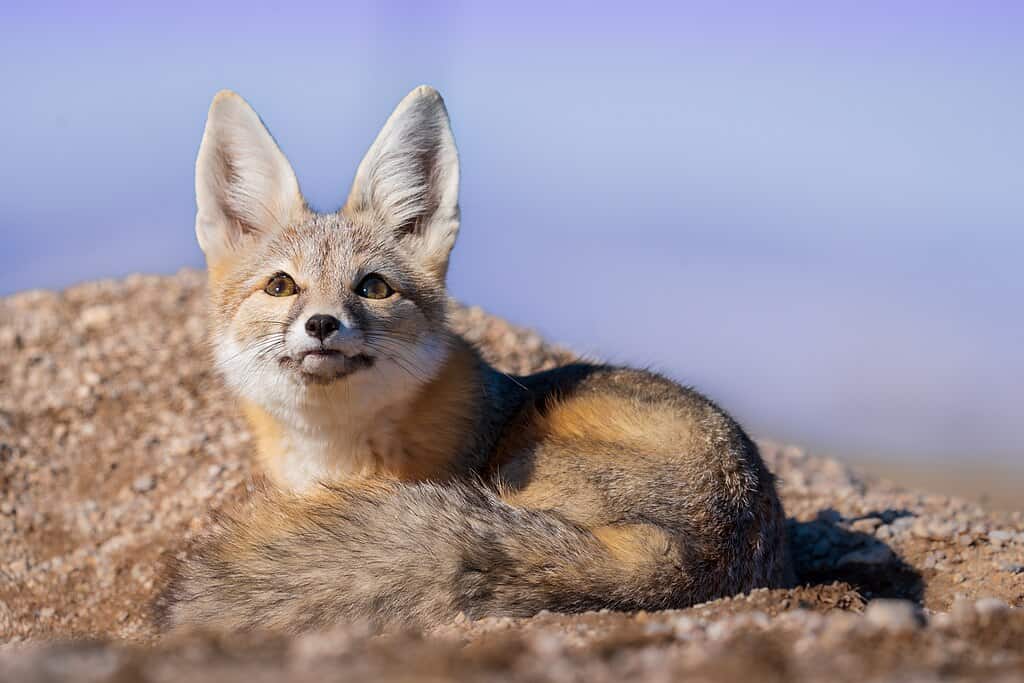The breathtaking diversity of wildlife across the United States is a treasure trove for nature enthusiasts and scientists alike. From vast deserts to lush forests and rolling hills, each state harbors its unique ecosystems teeming with fascinating and often unusual animal species. This journey through ten states with the most distinctive wildlife provides insights into the natural wonders that make each region special.
Alaska The Last Frontier

Alaska, often known as the Last Frontier, boasts some of the most remarkable wildlife in the US. Home to extraordinary creatures like the majestic gray wolf, brown bear, and the elusive lynx, the state’s vast, untouched wilderness provides a sanctuary for species seldom found elsewhere. The temperate rainforests and tundra landscapes are perfect for spotting the mighty moose and watching the mesmerizing salmon run during the summer.
Florida The Land of Alligators

Florida’s subtropical climate is a hotspot for a myriad of unique wildlife, most notably the American alligator, which thrives in the state’s wetlands. The mangrove forests and swamps also host the endangered Florida panther and a range of marine species like manatees and dolphins. The Everglades, a UNESCO World Heritage site, teems with a vibrant array of birds, including roseate spoonbills and herons, offering a paradise for bird watchers.
California Home of Endemic Species

California’s varied climates, from desert to coastal and mountain regions, offer a unique tapestry of wildlife. Endemic species like the California condor and the island fox are thriving, thanks to conservation efforts. Marine life is equally abundant along the Pacific Coast, with giant kelp forests providing habitats for sea otters, sea lions, and harbor seals. The state’s biodiversity is further enriched by the vibrant Sierra Nevada mountain range, which is home to black bears and mule deer.
Hawaii Exotic Island Life

Hawaii’s isolation in the Pacific Ocean has led to the evolution of a unique array of indigenous species that can’t be found anywhere else. The Hawaiian monk seal, nēnē (Hawaiian goose), and an array of colorful reef fish contribute to the islands’ distinctive charm. Hawaii’s volcanic landscapes and lush rainforests support rare birds like the ‘i’iwi and the ‘apapane, making it a birdwatcher’s paradise. Additionally, its surrounding ocean is a vital habitat for humpback whales and green sea turtles.
Texas Land of Diverse Habitats

Texas is a vast state offering diverse ecosystems from Piney Woods to deserts, which support a wealth of unusual wildlife. The southwestern region is home to the unique Mexican free-tailed bat, known for its spectacular evening flights. Pronghorn antelopes roam the plains, while the Gulf Coast waters abound with sea turtles and more than 400 bird species, including the colorful painted bunting, frequent the state’s varied landscapes.
Arizona The Desert Sanctuary

Arizona’s arid climate and landscape are a sanctuary for desert-dwelling species, notably the iconic saguaro cactus and the Gila monster, a venomous reptile with striking patterns. The state is also home to the unique javelina, a pig-like mammal, and the stealthy bobcat. In spring, the desert blooms with life as migratory birds, such as the Vermilion flycatcher, make their seasonal appearance, adding a splash of color to the arid surroundings.
Montana Big Sky Country

Montana, known as Big Sky Country, is rich with wildlife, thanks to its expansive national parks like Glacier and Yellowstone. Grizzly bears and bighorn sheep wander the rugged terrains, while the state’s pristine rivers and lakes are breeding grounds for native fish species, including the rare bull trout. The skies above are often streaked with bald eagles and golden eagles, capturing the elemental beauty of the state’s vast landscapes.
Louisiana Bayou and Beyond

Louisiana’s rich bayous and wetlands provide an intricate ecosystem supporting a diverse array of species. The American alligator is ubiquitous in these parts, and the area’s swamplands are teeming with life, from amphibians such as the barred owl to exotic bird species like the spoonbill. Additionally, the coastal region plays an essential role in nesting for sea turtles and nurseries for a multitude of aquatic creatures.
South Carolina Coastal and Woodland Creatures

South Carolina’s geographic variety, from mountains to coastal regions, supports an eclectic mix of wildlife. The endangered loggerhead sea turtles frequent the sandy shores for nesting, while the inland areas boast forested habitats for white-tailed deer and playful river otters. The state’s numerous bird species, including the painted bunting, offer avid bird-watchers countless opportunities to witness striking avian displays.
Maine The Pine Tree State

Maine’s vast forests and rocky coastline support a unique wildlife population. Moose and Canadian lynx are often seen roaming the dense woodlands, while the Atlantic puffin can be spotted along the rugged cliffs during breeding seasons. The Gulf of Maine is a rich marine environment, home to an array of whale species, seals, and iconic lobsters that sustain the local economy and contribute to the region’s culinary fame.
New Mexico The Enchanted Desert

New Mexico’s blend of desert, forest, and mountains creates a unique habitat for wildlife. The desert landscape is home to species such as the roadrunner and the kit fox, as well as a variety of lizards and snakes adapted to arid climates. The state’s forested mountains provide sanctuary to black bears and mule deer, showcasing New Mexico’s enchanting biodiversity.
Concluding Thoughts

The United States is a rich tapestry of diverse habitats that provide refuge to some of the planet’s most unique and unusual wildlife. Each state presents its natural wonders, from Alaska’s untamed wilderness to Hawaii’s island ecosystems and Arizona’s desert treasures. Protecting and preserving these habitats is crucial to ensuring that future generations can continue to enjoy and study the fascinating fauna of these exceptional regions.
- 12 Times Nature Created Something Completely Unexplainable - August 20, 2025
- 11 Pets That Show Human-Like Emotions - August 20, 2025
- 14 Times Nature Shocked Scientists - August 20, 2025

